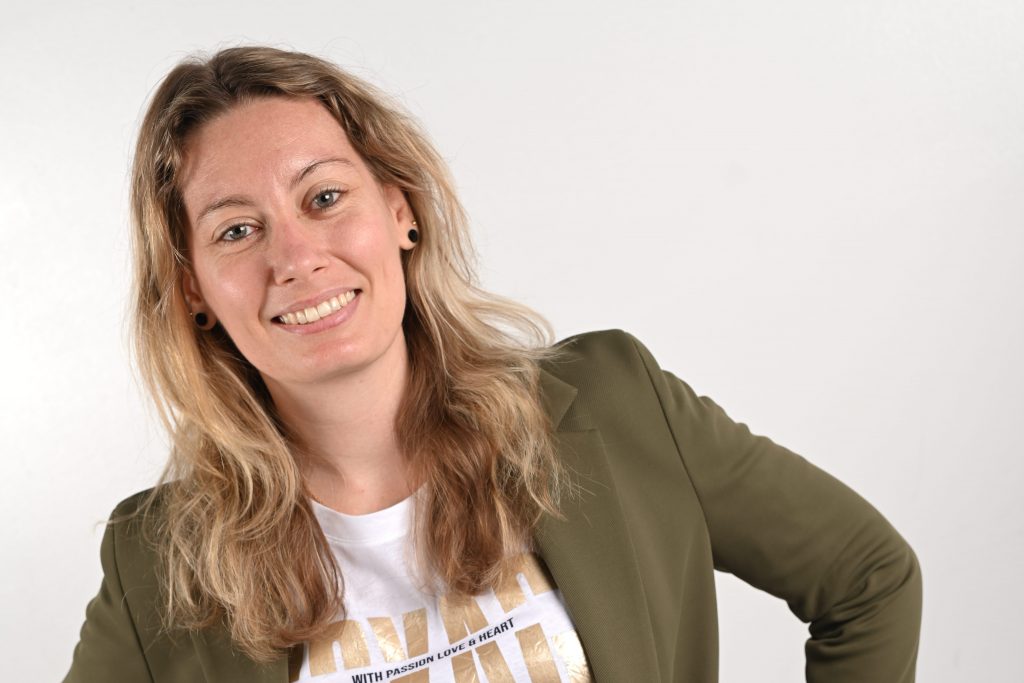Led by young fintechs, among others, the fractional payment sector is growing rapidly around the world. Buoyed by this wave, a new industry player, Klarna, has just set up shop in Canada.
A month ago, Block (formerly Square), completed the acquisition of Australian fintech Afterpay, founded in 2014. The deal was valued at US$29 billion.
Why pay such a large sum for a company unknown to much of the public and founded less than 10 years ago? Partly because of its agreements with over 100,000 merchants; partly because of its rapidly growing customer base (estimated at over 16 million by 2021), and partly because it operates in the fast-paced fragmented payments industry.
In fact, in the U.S. alone, the number of “buy now, pay later” users is estimated to have more than doubled between 2020 and this year. It is also estimated that this number of users will continue to grow significantly in the years to come.
Because of its potential, the fragmented payment market is extremely competitive. Some merchants themselves offer their customers easy interest-free instalment. Giants such as Amazon offer split payments on certain items. There are also fintechs such as Afterpay, but also Klarna, a young Swedish company that, like its Australian competitor, has experienced rapid growth in recent years.
A presence and investments in Canada
At the beginning of the year, Klarna announced its official entry into the Canadian market. The company already has agreements with various partners to offer its services. Its basic principle is simple: Klarna offers to pay for its purchases in four equal installments over a period of six weeks or less.
Based on the data available for the American market, the average amount of a purchase made with Klarna is estimated at $150,” says Kristina Elkhazin, General Manager of Klarna Canada. According to her information, clothing, fashion accessories, beauty products, sports and entertainment products are the most popular product categories for Klarna users.
The average Klarna user is 40 years old. However, Elkhazin mentions that the fastest growing segment in 2020-2021 is the 55+ age group. We can draw a parallel with the fact that during the pandemic the proportion of cyber-buyers has increased the most within this segment as well.
A majority of purchases paid on time
One of the criticisms often levelled at companies in the “buy now, pay later” sector is that they risk contributing to the indebtedness of some consumers. Klarna mentions that the vast majority of their customers (99%) pay their purchases on time. For users who make late payments, no fees or interest are charged (Klarna derives its revenues from agreements with its partners), but agreements for additional payment terms can be made. The use of the application may be restricted for those who accumulate late payments.
In addition to offering its services in Canada, Klarna plans to open a product development center in Toronto, where it expects to hire more than 500 engineers by 2025. The opening of offices in Montreal and Vancouver are also in the plans.




